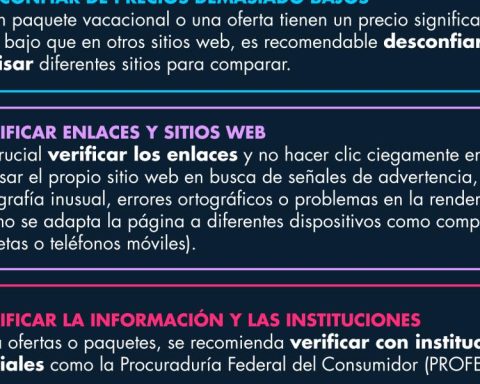One of the many challenges that advances in artificial intelligence (AI) have in the financial system is to contribute to Raise credit penetration figureswhich have fallen in the last 18 months due to high interest rates, inflation and the economic slowdown.
(Read more: What options does the Government have to deal with the imbalance in the 2025 PGN)
But this phenomenon of falling credit has been occurring alongside a general improvement in financial inclusion.
According to Asobancaria, Colombia has made progress in financial inclusion, as The percentage of adults with products has increased from 75.6% in 2017 to 94.6% in 2023.
However, access to credit remains a challenge, with a reduction from 40.1% in 2018 to 35.3% in 2023, meaning that only 13.5 million adults in Colombia had at least one active credit product last year.
The guild says in a report that personalized banking, enabled by artificial intelligence, is the next step in financial deepening, offering services tailored to each client. Colombia has laid the groundwork for personalized banking through various regulations over the past 16 years.
Remember that from the creation of electronic savings accounts in 2008 to the recent open data policy, each regulatory advance has been an essential link in expanding access to financial services and generating essential data for AI.
Points out that it is important Promote Open Data by designing standards that facilitate secure access and efficient information, encouraging public and private entities to share data that can enrich artificial intelligence models.
(More news: Banco de Bogotá customers can now make payments with Apple Pay)
(Read more: Bancolombia takes a bigger lead on the Colombian Stock Exchange)
Credit
Gender equity
In addition, it mentions a World Bank report that, after studies, showed that in high-income economies, access to financial services is close to being total for both genders, with more than 95% of the population covered and although the gender gap is still notable, it has been progressively closing in recent years, reflecting progress towards equal access between men and women.
In contrast, in developing economies, access to financial services is still less than 51%, despite having increased by more than 20 percentage points in recent years. In addition, gender gaps persist considerably, with women having significantly less access than men.
In both cases, the digitalization of financial services has been key to advancing access by reducing costs, improving efficiency and expanding coverage. Financial technologies have revolutionized access and personalization of these services.
But informal employment, which is close to 56%, represents an information barrier, since segmentation and the development of specialized services require even more data.
He mentions that obtaining this information is complex, and this is where new technologies and The opening of data between different entities and economic sectors plays a crucial role.
In this new model, the instant payment system will help model millions of customer data.
(Read more: This is how Colombia’s interest rates could be in 10 years, according to AI)
HOLMAN RODRIGUEZ MARTINEZ
Portfolio
















